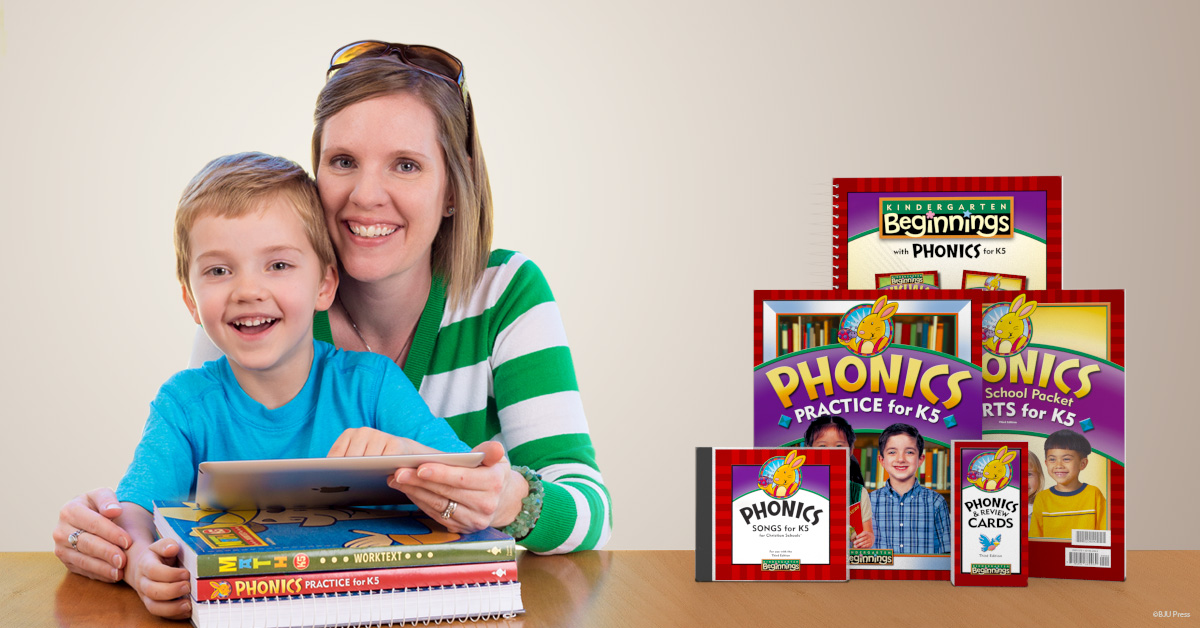
As summer approaches, most kids have just one thing on their minds—vacation! Most homeschool parents feel that the summer break is good for their children, giving them the opportunity to “just be kids.” It only makes sense, right? Everyone needs a vacation once in a while, especially the energetic “junior set.” The time away from the disciplines of your homeschool schedule allows them more opportunity to explore their personal interests and to further develop socially by playing with other children.
The Downside
But before your kids play away their summer days, consider these research findings from Johns Hopkins University that reveal the possible pitfalls of an extended vacation. On average, children lose 2.6 months of learning over the summer. That’s more than ten weeks of material they will have to review before being caught up enough to begin the curriculum for the next grade.
We’ve all heard that the brain is like a muscle, and that means that it has to be challenged and exercised regularly to stay in shape. The hard work students put into their studies during the homeschool year is almost wasted if they don’t spend at least some time during the summer months keeping the material fresh in their minds.
Maintenance Mode
That doesn’t mean that children should be locked away to study grammar and work math problems all summer. Taking them on frequent visits to the library to find reading material they enjoy is a far more effective way to keep their brains engaged throughout the sunny vacation months. This is also a great time to help your children establish good reading habits—manageable, set amounts of reading time every day—and to help them discover and broaden their reading tastes without the pressure of academics.
Reading throughout the summer months is especially important for children who are still developing fundamental reading comprehension skills. If they spend an entire summer without any extended reading practice, they’re far more likely to lose the vocabulary and comprehension they gained from the previous year.
Educational Outings
Be on the lookout for creative ways to sharpen academic skills or incorporate them into fun summer outings. Visiting a farmer’s market? You can include reviews on everything from geography and history (Where did these different fruits and vegetables grow natively? How and when did they cross into new countries?) to agriculture (What processes actually go into growing food?) and botany (What part of plants are the various fruits and veggies?).
Small-Business Ventures
You also might want to consider having a yard sale or a bake sale. Working with cash transactions and making change for customers will help young people strengthen basic computational skills while also giving them a concept of the realities of money management. A few math exercises out of a workbook every week can help keep math principles fresh in their minds but give them a fun motivation: earning points toward a small reward at summer’s end.
Media Options
Most libraries have a good selection of educational videos for younger children that can occasionally serve as a positive substitute for cartoons. Let your young audience help you choose videos on topics that interest them. Also, you can find many parent-approved educational websites that kids can visit to learn about their favorite topics, participate in simulated experiments, and play educational games.
Summer Camps and Programs
Enrolling children in summer programs or camps is another beneficial option for making the most of your family’s summer learning time. The Johns Hopkins study noted that only 10 percent of children nationwide are involved in summer learning programs. However, the majority of students consulted in the study wanted to be in an educational program during the summer. Children who attend get to enjoy making lasting memories while also learning in a relaxed, fun atmosphere.
For another easy way to maintain your child’s academic skills over the summer, check out the Vacation Stations activity books. These short, fun-filled activities review math, language, and reading. With lots of hands-on activities, exciting outings, and a few pages of Vacation Stations review each week, your children can enjoy their summer while holding on to their hard-earned knowledge.
• • • • •
Rebecca is a work-at-home freelance writer, novelist, wife, and the mom of two bright-eyed little ones. She credits her success in writing and her love of books to her own mom, who homeschooled three kids from pre-K through high school.



